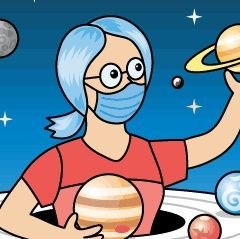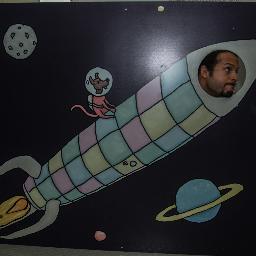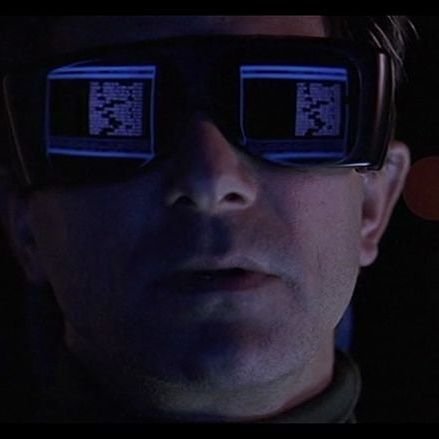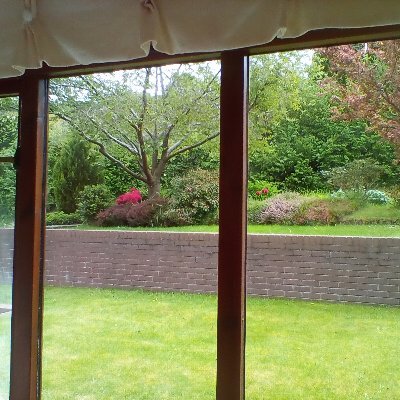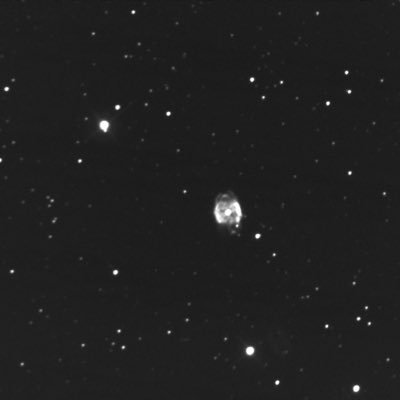
Skynet
@SkynetRTNSkynet is a global network of robotic telescopes serving professional astronomers, students of all ages, and the public.
Similar User

@Dr_CMingarelli

@pythonbytes

@IDADarkSky

@AstrospaceI

@Kidney_X

@CaltechAstro

@m_martn1

@martiansoil

@Jordy_de_Vries

@xipteras

@SKAO

@Free_Space

@365DaysOfAstro

@AfricaAstronomy

@cosmicpinot
Yesterday was the longest single-day doubling time yet: 3.9 days. We appear to be past the most dramatic part of the testing ramp-up, which artificially suppresses these measurements. So we have resumed updating our model: danreichart.com/covid19-reports

Congratulations to Christi DeZoort for completing Skynet University's "Astronomy with Skynet: Our Place In Space" observing course: skynet.unc.edu/introastro/our…

No solid visual counterpart for this one (which is also pretty far away). But Skynet is ready should one occur closer! cnn.com/2019/08/20/wor…
This summer, consider taking: Astronomy 102: Stars, Galaxies, and Cosmology for college credit through the University of North Carolina at Chapel Hill's Friday Center for Continuing Education. Enrollment is now open: fridaycenter.unc.edu/course/astr-10… Cheers! DR

The Orion Complex. This optical — radio combination was achieved by tiling 15 130-minute exposures in H-alpha (from Steven and Tim Christensen), to which we added four 170-minute 1.4-GHz maps that we made with Skynet’s 20-meter at Green Bank Observatory.
@SkynetRTN is gearing up to hunt these again. Last run, our PROMPT-5 telescope in Chile was one of six telescopes to co-discover the first optical counterpart to a gravitational-wave event, caused by two merging neutron stars. npr.org/2019/03/19/701…
Dr. Dan Reichart (@SkynetRTN) catalogs some known massive stars to explain how big stars can get before they go BOOM! 🎆💥 #AstroOnTap

Skynet's 32-inch PROMPT telescope in the Chilean Andes scored another Astronomy Picture of the Day (APOD) last month. Enjoy! apod.nasa.gov/apod/ap190201.…

A Lunar Eclipse flat-Earther’s have never seen.

@SkynetRTN is on four of the NS-NS merger papers today, including one with 4,500 authors spanning 910 institutions!
@SkynetRTN is being represented by David Sand at the National Press Club NS-NS merger announcement this morning.
Excited! PROMPT was one of only a few scopes to discover the visible-light counterpart of today's announced NS-NS merger!
Just my luck -- the world's now supposed to end just one day before the new Star Trek series comes out...figures. slate.com/blogs/browbeat…
Totally trolled the MedCrave Group's "Physics and Astronomy International Journal" -- worth the read ;) facebook.com/SkynetRTN/phot…

F. Ghigo observed the eclipse in radio waves using Skynet and the 20m scope at GBO. Not fully dark b/c the moon emits radio too!

Updated radio map of Orion A & B, Barnard's Loop, and a bunch of faint radio sources, made with Skynet, using GBO's 20-meter.

United States Trends
- 1. $DCK N/A
- 2. #TSBlackFridayCollection 2.147 posts
- 3. Thanksgiving 186 B posts
- 4. Kreider 2.568 posts
- 5. $CUTO 14,1 B posts
- 6. #ai16z 2.757 posts
- 7. Baymax 4.847 posts
- 8. #BBMAs 168 B posts
- 9. Trouba 1.874 posts
- 10. #ysltrial 2.617 posts
- 11. #SonicMovie3 61,4 B posts
- 12. Axios 22,2 B posts
- 13. Outlook 11,7 B posts
- 14. Porzingis 3.995 posts
- 15. Rumble 30,7 B posts
- 16. Marshall Law 2.879 posts
- 17. Phylicia Rashad 2.720 posts
- 18. Kemp 4.633 posts
- 19. Sonic 3 29,2 B posts
- 20. Kikuchi 7.541 posts
Who to follow
-
 Dr Chiara Mingarelli
Dr Chiara Mingarelli
@Dr_CMingarelli -
 Python Bytes Podcast
Python Bytes Podcast
@pythonbytes -
 DarkSky International
DarkSky International
@IDADarkSky -
 AstroSpace.it
AstroSpace.it
@AstrospaceI -
 KidneyX
KidneyX
@Kidney_X -
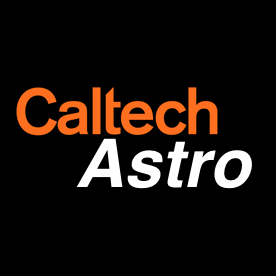 Caltech Astro Outreach
Caltech Astro Outreach
@CaltechAstro -
 Antonio M Martín
Antonio M Martín
@m_martn1 -
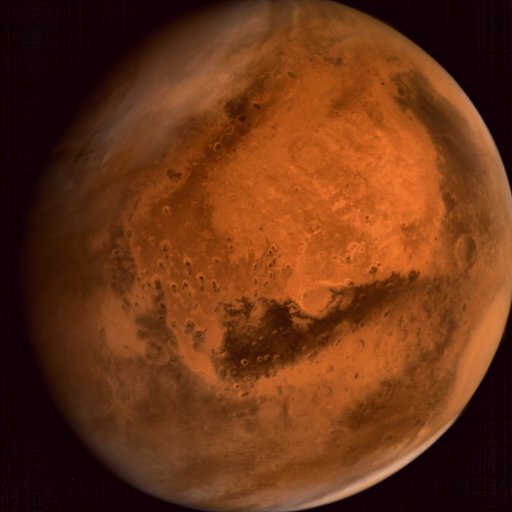 Martian Soil 🚀🔴👨🚀👩🚀
Martian Soil 🚀🔴👨🚀👩🚀
@martiansoil -
 Jordy de Vries
Jordy de Vries
@Jordy_de_Vries -
 Panagiotis Xipteras
Panagiotis Xipteras
@xipteras -
 SKA Observatory
SKA Observatory
@SKAO -
 Irene Klotz
Irene Klotz
@Free_Space -
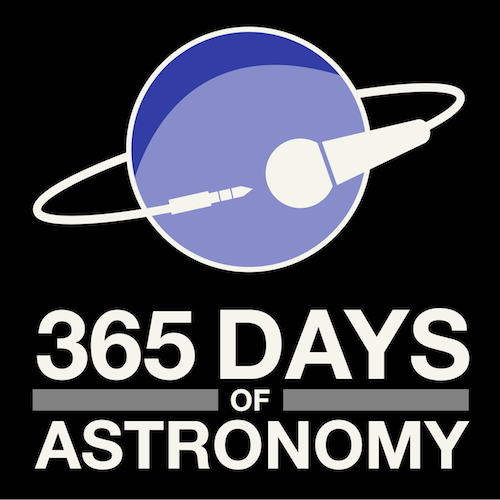 365DaysOfAstro
365DaysOfAstro
@365DaysOfAstro -
 AfricaAstronomy
AfricaAstronomy
@AfricaAstronomy -
 Brian P Schmidt
Brian P Schmidt
@cosmicpinot
Something went wrong.
Something went wrong.
















